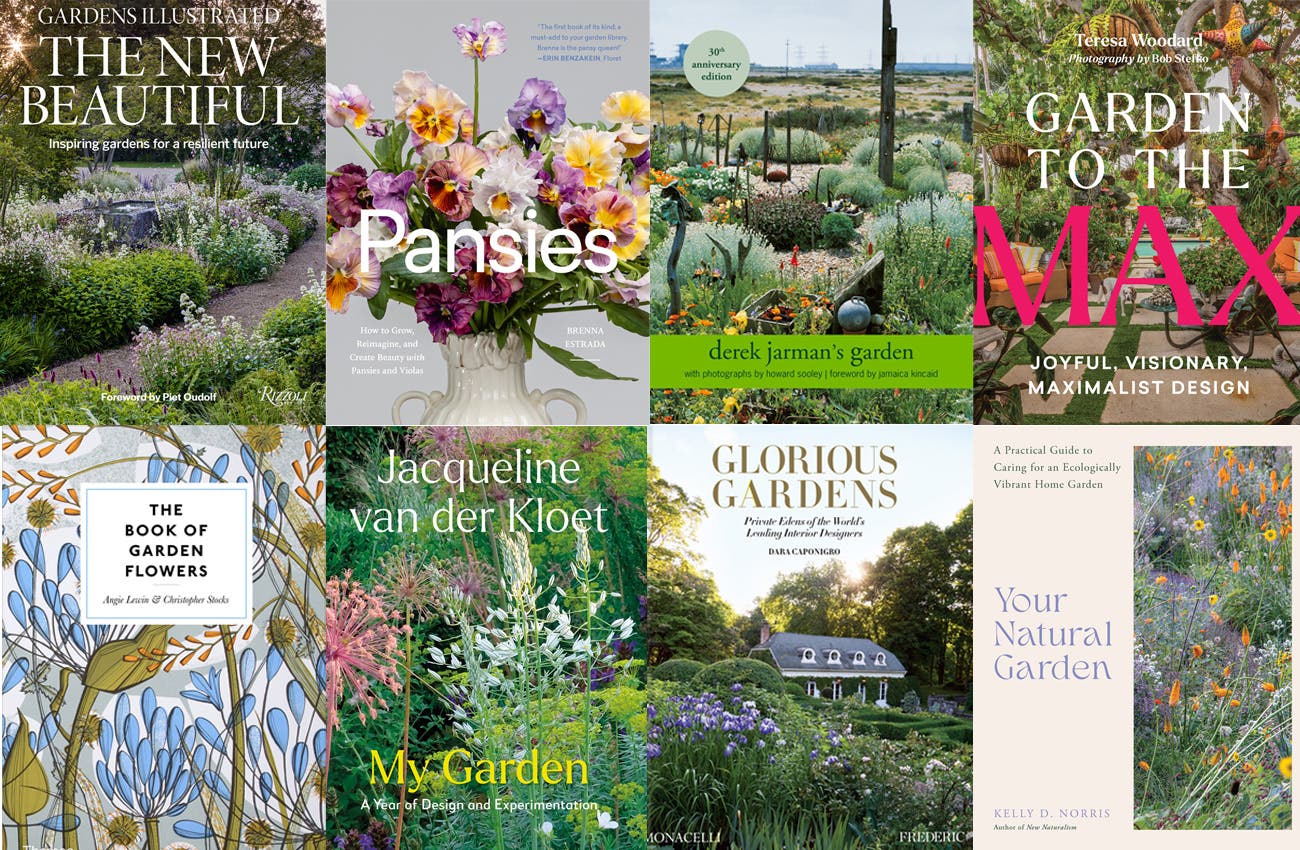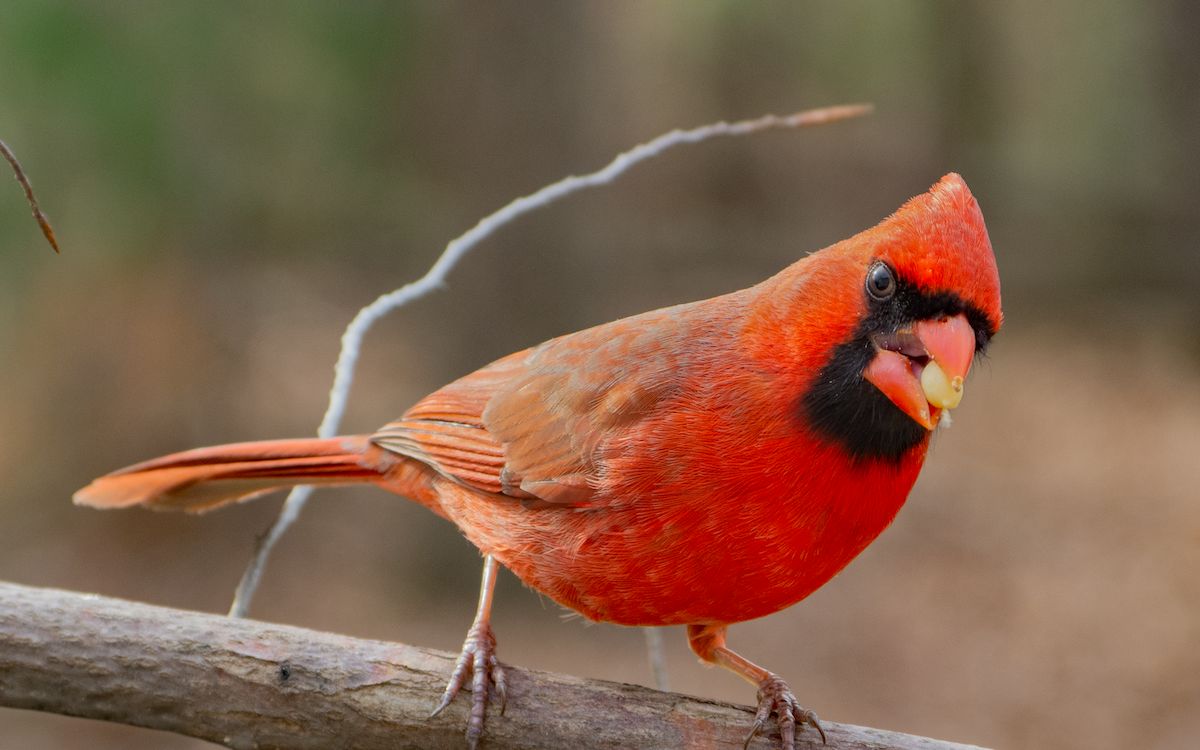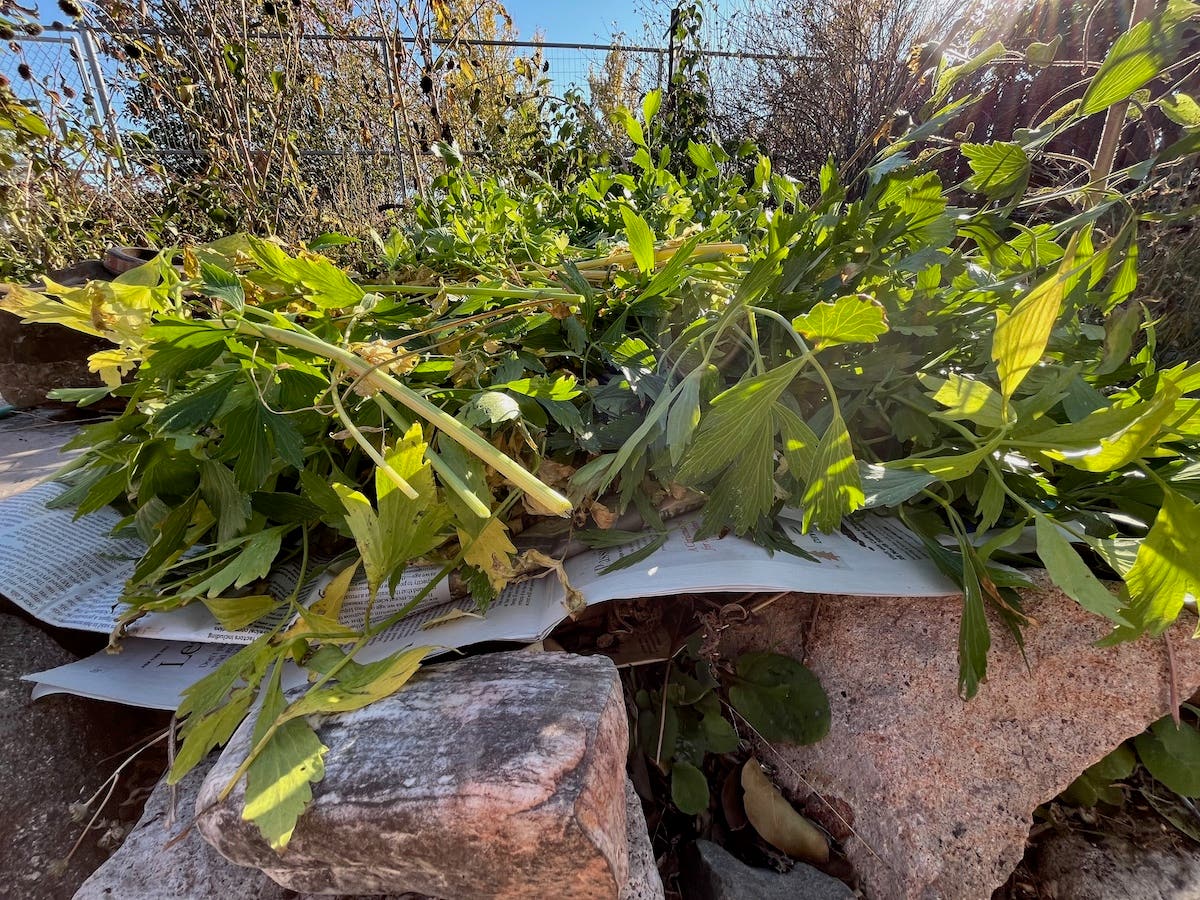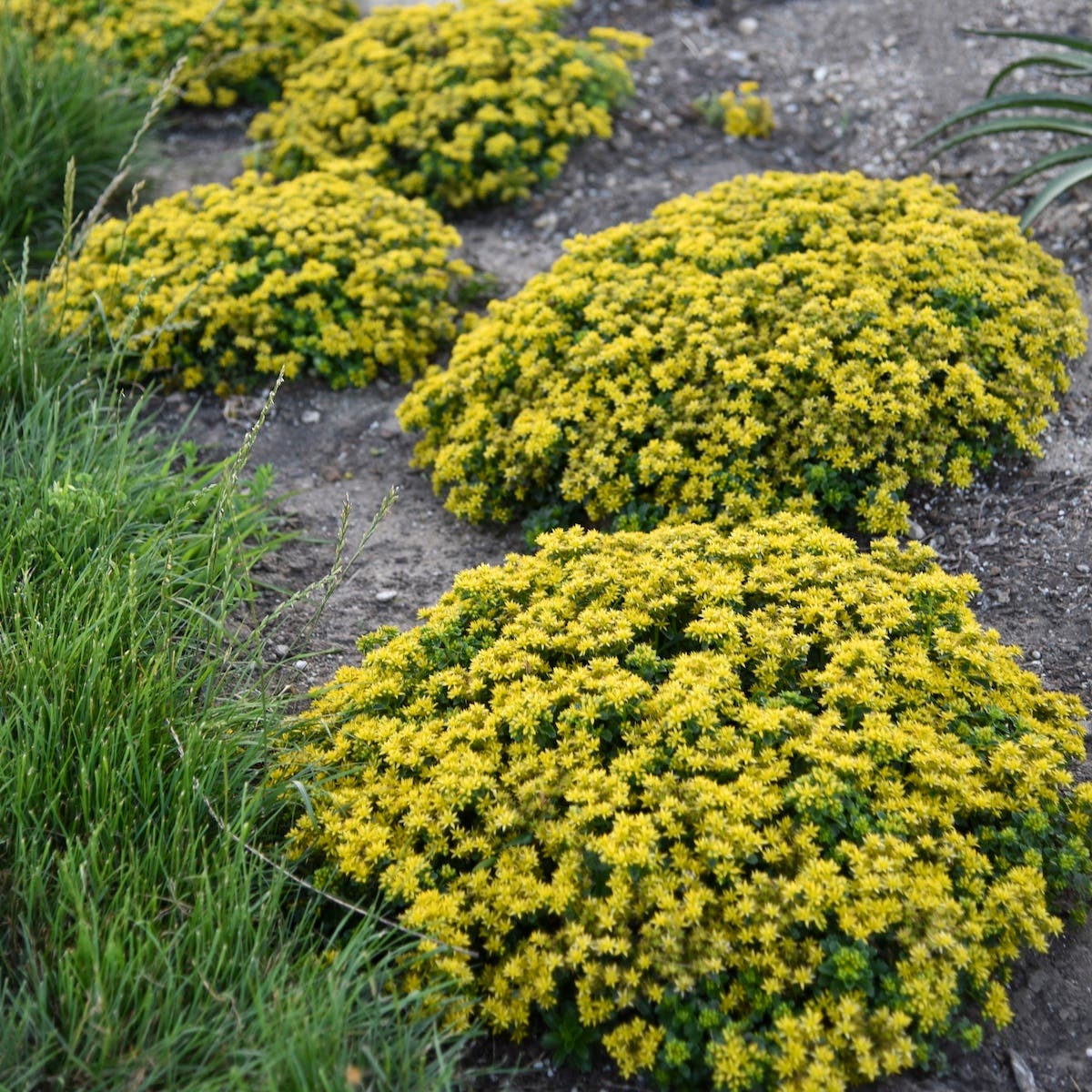Use Indicator Plants to Time Garden Chores
A lilac in full bloom is a cue to…
Phenology is the study of plant and animal activities and when they occur each year. Phenology is a real science that has many applications. In farming and gardening, phenology is used chiefly for planting times and pest control. Certain plants give a cue, by blooming or leafing out, that it's time for certain activities, such as sowing particular crops. Often the common denominator is temperature.
Indicator plants are often used to look for a particular pest and manage it in its most vulnerable stages. They can also be used to time the planting of vegetables, apply fertilizer, prune, and so on. Here are some common garden plants and what they indicate to you:
- When lilac leaves are the size of a mouse's ear, sow peas, lettuce and other cool-weather crops.
- When lilac is in full bloom, plant beans.
- Once lilac flowers have faded, plant squash and cucumbers.
- When daffodils begin to bloom, sow peas.
- When oak leaves are the size of a squirrel's ear, sow corn.
- When maple leaves reach full size, sow morning glories.
- When apple trees shed their petals, sow corn.
- When dogwood reaches peak bloom, plant tomatoes and early corn.
- When lily-of-the-valley blooms, plant tomatoes.
- When daylilies begin to bloom, plant tomatoes and peppers.
- When bearded iris are in bloom, plant peppers and eggplants.
- Once aspen has leafed out, plant pansies and snapdragons.
- When dandelions bloom, plant spinach, beets and carrots.
- When forsythia is blooming, crabgrass is germinating. Treat for it. Also prune roses and feed your lawn.
- When crocus bloom, prune roses.
- When crabapple and wild plum are at budbreak, eastern tent caterpillars are hatching. Begin looking for and controlling them.
- When shadbush blooms, plant potatoes.
- When catalpas and mock orange blooms, sow cabbage and broccoli for fall harvest.
- Plant perennials when maple leaves begin to unfold.
Meghan ShinnAuthor
Related Stories







